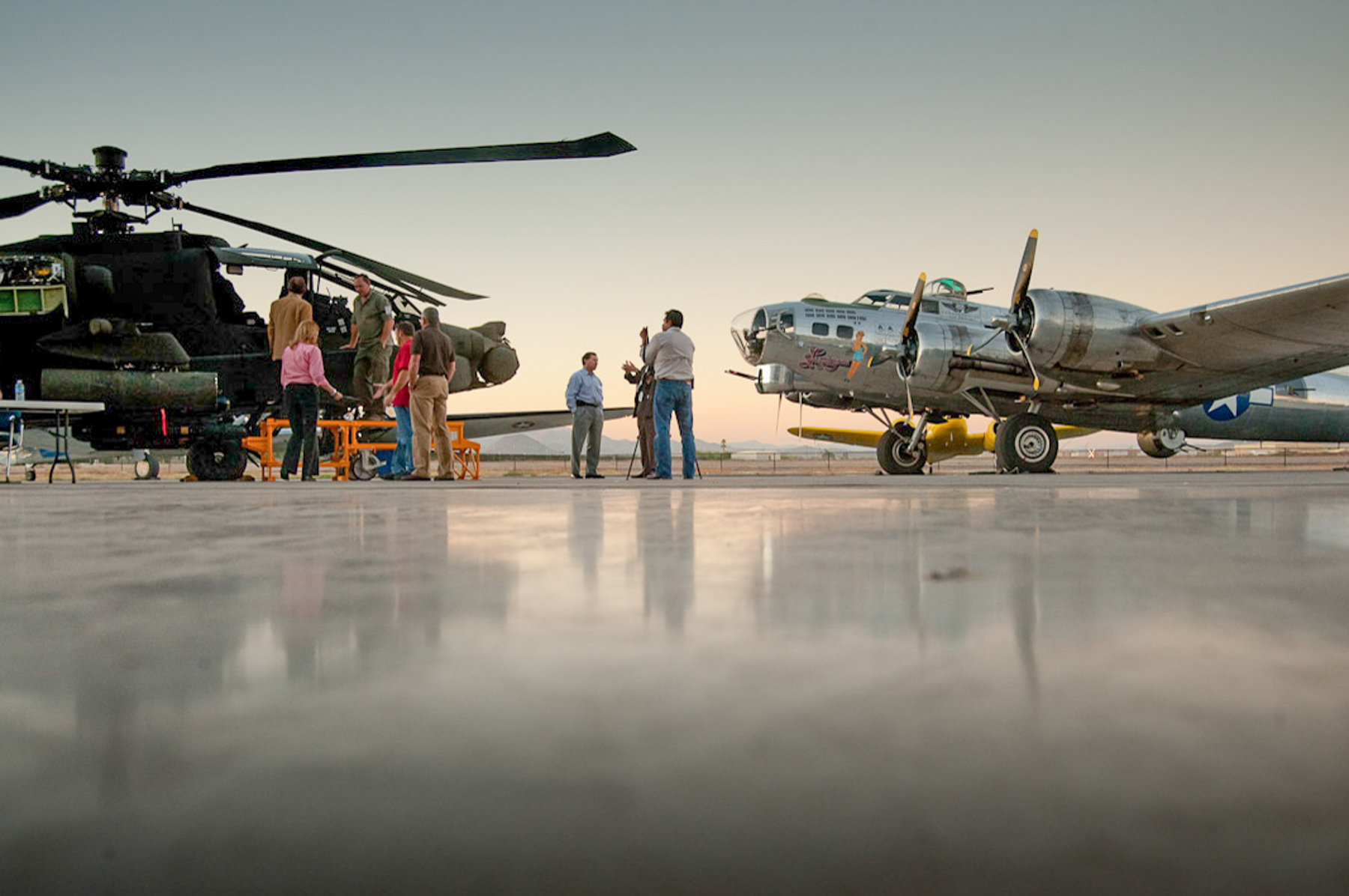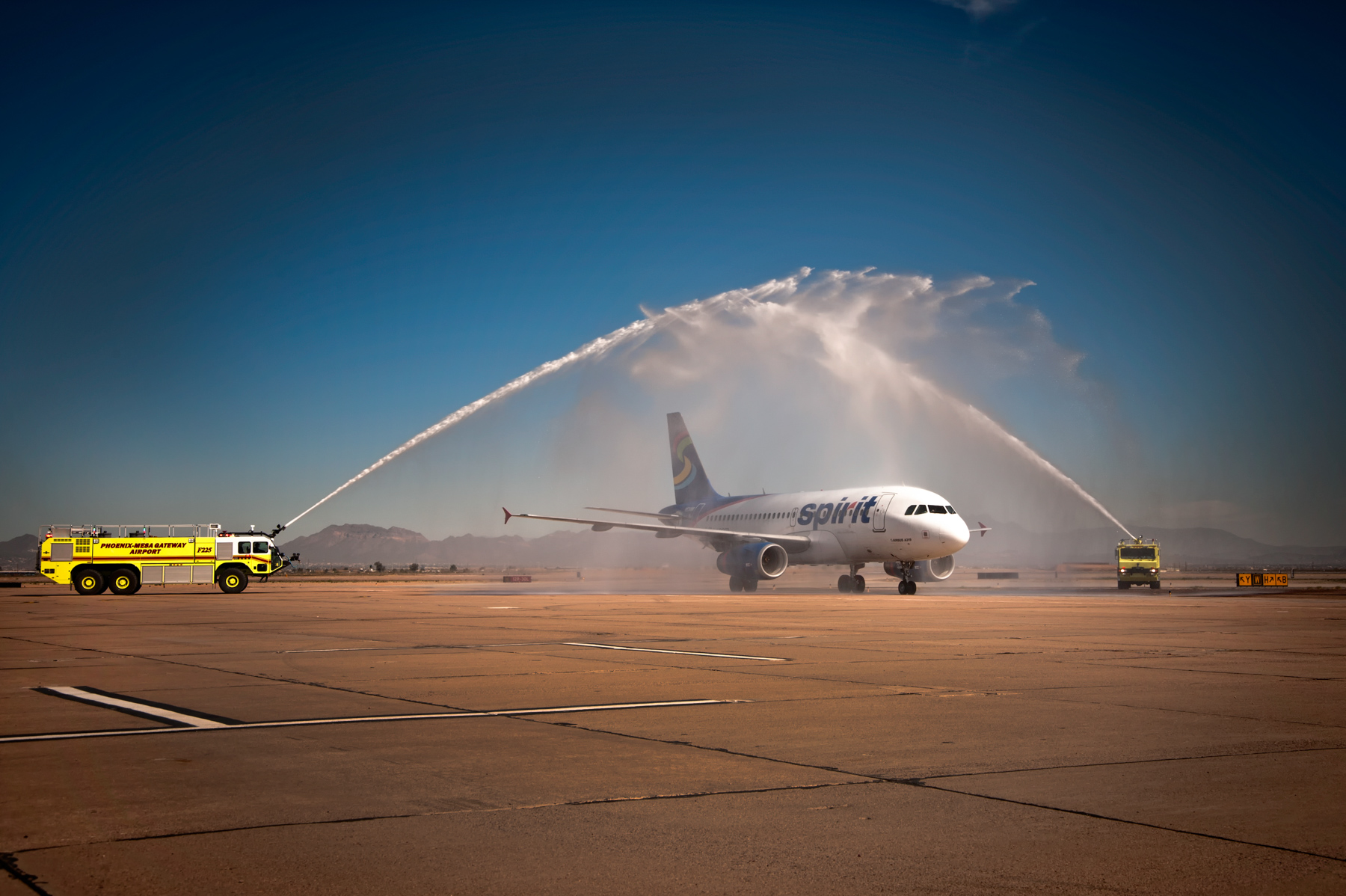Introduction
Editorial photography is in our everyday lives both in print and in the digital world. In any given platform, it has the power of narrating a story on its own or complimenting articles and publications. While it’s a great way for professional photographers to show their creative vision, editorial photography can be confused with other types of photography both in form and execution.
What Is Editorial Photography?
Editorial photography focuses on capturing images for publication in newspapers, magazines, online publications, and other editorial contexts.
The primary purpose of editorial images is to tell a story or convey a message through visual means (think of fashion photography or photojournalism, both types of editorial photography).
Note, however, that when it comes to licensing the word “editorial” is used to label images that are solely for informative purposes and cannot be used in advertising.

What Does Editorial Photography Focus on?
Editorial-use photographs focus on creating a mood or setting the tone for articles, features, or news stories to enhance the written content and provide a visual representation of the subject.
Why Is Editorial Photography Important?
Editorial work is important as it’s present in our everyday lives in the magazines and news articles we read every day. Editorial photography illustrates a specific narrative, and it doesn’t center around advertising a specific product.
This type of photography gives photographers the opportunity to tell a story while exploring their own creative freedom. Whether you’re freelancing and shooting portraiture, fashion shots, or advertising photography, learning to weave a narrative into your photography will help you build your skills as a photographer and produce a stronger portfolio.

What Can Be Considered a Subject of Editorial Photography?
The sky's the limit when it comes to what can be considered the subject of this type of photography. From fashion photography to photojournalism, any type of story can be converted to an editorial image as long as its main purpose is conveying a message rather than selling something. The subject of this type of photography can present events, lifestyles, a concept, or even already developed stories.
For example, editorial portrait photography will focus on an individual’s life or passion while editorial fashion photography would focus on a specific fashion line or accessory.
What Makes a Good Editorial Photo?
A good editorial photograph is an image that manages to engage the viewer in the narrative instead of trying to sell a particular product. Great editorial images are transformational and impactful, they don’t fall behind a line of text but rather bring it to life.
Editorial Photography vs Commercial Photography: Main Differences

Both editorial-style and commercial photography are designed to be printed or posted online. Their main difference, however, is their goal. Editorial images tell a story while commercial images aim to sell a product or brand.
For example, if a photograph of a mountain biker on the road was used in a magazine article about mountain biking, it would be considered an editorial photograph. However, if a similar image is created to advertise the sale of mountain bikes, it would be considered commercial photography.
Commercial photography specifically aims to market or advertise a brand’s product or service and will also require a model release agreement. This type of photography generally requires a higher setup than editorial photography in terms of equipment, planning and budget.
There are several other differences between the two types of photography that can help you easily distinguish them:
- Budget: Commercial shoots generally have a higher budget and allocate more money to post-production and editing than editorial shoots.
- Goal: Editorial photography aims to tell a story, whereas commercial photography aims to promote a specific brand or product.
- Type of client: Commercial photographers are specifically hired by companies or brands who are present throughout the photo session.
- Photographer’s role: In an editorial shoot the photographer has more freedom in how to convey the message. A commercial photographer must follow the client’s direction as the images are intended for commercial use.
- Ownership: Unlike editorial photographers, advertising photographers generally license the usage rights of their images to the client that commissioned the session. Most editorial photographers tend to sell their images as stock photos.
How to Shoot Editorial Photography

The first thing you need to know is that creating an editorial picture can involve a longer process than with other areas of photography.
Most editorial photo shoots are accompanied by a creative brief that outlines the scope of the shoot. The "who, what, when, why, and how" details on how to create the needed images, are however the responsibility of the photographer.
It’s important to take some time to work on your vision and figure out the most compelling way to tell a specific story through your unique lens and creative process. The more time you spend preparing your editorial shoot, the smoother the rest of the process will be.
If you’re unsure on how to proceed when shooting editorial, here are some photography tips to focus on:
- Find your story: Spend some time working on your vision and figuring out a compelling story. There is a lot of creative freedom in this type of photography so spend some time researching on how best to convey the message.
- Create a mood board: Spend time collecting ideas to draw inspiration from available online and print resources such as pinterest, social media, publications and magazines. . You don’t have to include all these ideas into your final shoot but they should be part of your research and creative process. Mood boards won’t only help you as the photographer and creative director, but they will also help everyone involved in the process have a reference of the goal of the shoot.
- Find your model for editorial photos: Finding the right model for your shoot is one of the most important steps. Whether you’re shooting an editorial portrait or working on a piece for a fashion magazine, the model will be responsible for communicating these concepts to the viewer. Working with the right model will ensure your shoot goes smoothly and your creative vision is fulfilled.
- Get a production team: Editorial shoots have many moving parts, and you'll want to have an experienced team at your side so you can focus on capturing the moment you have envisioned.
- Scout for locations: Much like real estate, great images depend on location. Spend some time looking for the appropriate location according to the type of project: this will have a deep impact on your final product.
- Direct the shoot: Every team needs a leader. The photographer has the final say, as it’s your artistic sensitivity that will produce the definitive image. Direct your team to ensure you obtain the result that you are looking for during the shoot day, as well as during the photo editing and retouching process.
- Photography gear: Editorial images are used in high-end publications, and professional equipment and great technical abilities are needed to deliver the expected results. Either trusted DSLR or new mirrorless cameras, alongside prime and portrait lenses are minimum requirements when shooting this type of photography.
- Editorial post production: Generally this type of photography requires the work of a photo editor too, as the end goal is to produce high-quality and polished images. However, the level of editing and post-production allowed will vary significantly on the content and the final use of the image.
Editorial photography is perhaps the most important type of photography out there in terms of creative processes. This is the most common type of photography as it’s found in magazines, newspapers, journalism, etc. We use it to tell a story, and how well this story is told depends on the work of the professional photographer and their vision.
As a professional photographer working for several organizations and social media campaigns in the US for 22 years, I have learned a great deal about what it takes to create a message that connects with an audience. I look forward to the opportunity of working with you! Contact me.










